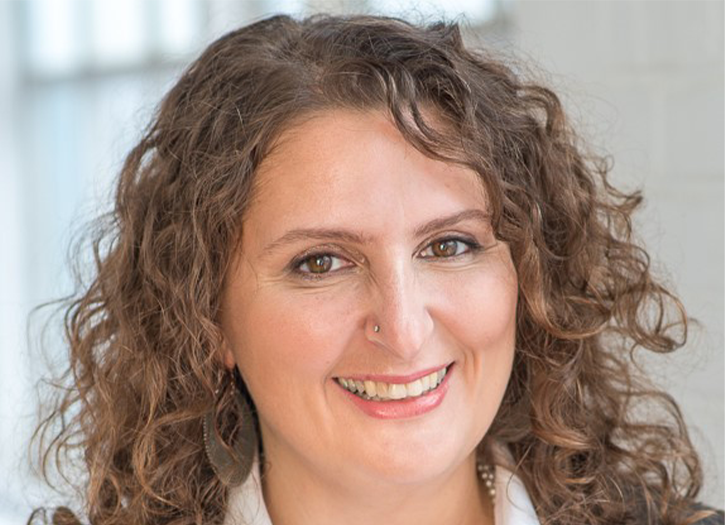Has being an author always been your focus growing up?
As a child, I always wrote, but because I moved from Bronx, NY to small-town Italy at the age of 10, and didn’t know any Italian—my relationship with writing was very tough. The day of my Italian essay high-school exam in Italy at 19, a 5-hour long writing test, I had a panic attack, changed my essay (a 5-hour writing test) three times, and got a just-about failing grade that was barely passed because Italian wasn’t my mother tongue.
I had to/continue to let go of many limiting beliefs as I envision myself as an author who can pay my livelihood through my writing. I’m not alone—many authors have negative school stories, mine just happen to me around being bilingual, born to a working-class family, and panic attacks. Ironically, I set forth to become a good writer, not for myself, but to honor the journeys of the Black women I have been listening to since 2004 as part of my unpublished manuscript In the Lion’s Mouth: How the US System Kidnaps Children. I wanted to write their experiences in a way that would allow the reader to overcome their prejudice, and love them on paper, the way I did in person.
Can you tell us about your upcoming book, “Digging Up the Seeds of White Supremacy”?
Digging up the Seeds of white Supremacy offers a historical view into the culture of fear that established systemic racism and the way we continue to nourish it. Following the tree analogy, it shows how all systems are connected, as branches of the same tree: System with a capital “S.” The author’s journey of reconciliation invites us into a collective journey towards freedom, instead.
If you know the seeds of the tree, the fruits won’t surprise you.
What led you to write this book?
The first seed of this book was a chapter in my dissertation completed in 2006, when I studied three systems: the welfare, child welfare, and legal systems and how they adapted after the anti-discrimination laws of the 60s. I discovered that they all found a similar way to continue to discriminate that the newly passed laws could not hold them accountable for. I call it system-splitting. Our laws can only hold us accountable for discrimination one entity that discriminates against different people—but by having different people served by different offices, the systems continued to do racism without mentioning race. I’ve continued to study systemic racism after that through the journeys of Black women in Philadelphia who lost their children to Child Protective Services. African Americans and Native Americans often refer to the System as one—because that’s how they experience it. On the opposite end, white people are trained to be blind to it. This book pulls the blinders off for white people and explains through history, the lived experience of everyone else.
How did your other manuscript, “In the Lion’s Mouth: How the US System Kidnaps Children” inform your new work?
In 2000, I began my journey investigating the child welfare system. Since then, I’ve spoken with hundreds of parents, social workers, lawyers, and judges. I’ve been in contact with six of those families since 2004 when I began interviewing six Black women about losing their children to foster care. I wanted to understand their lives the way they understood them, not the way society judged them. They taught me to see the System as one—because all systems are connected. Women who are trauma survivors get trapped in these systems of “help” that don’t actually help: they abuse, they punish, and they set people up to fail. It’s not that the women had not made bad choices of their own. It’s that the more systems were involved, the worse off them, and their children became. I summarized their stories in a (for now) unpublished manuscript: In the Lion’s Mouth. Their stories became an integral piece of my writing Digging Up the Seeds because, without their honesty and real-life experiences, I could not have seen the whole tree, as one. In the Lion’s Mouth is not published yet because I have yet to find the agent, and the publisher who will allow me the integrity of sharing these stories in a way that honors the mothers (not as poverty porn) and offers a just compensation that I can share with the families, too.
What’s one major outcome that you would like your readers to gain from reading your book(s)?
I would say three major things: 1) I want to put a systemic understanding in the use of the term systemic racism. It’s becoming the new buzzword—everyone uses it, rarely do they know what it means. 2) Most of us think of systems as above us—like we have no power to change them. From this systemic history, you can see that all of our systems were created by groups of people who came together in moments of crisis. We have that collective power. And we have that crisis. Right now. 3) Overcoming Systemic racism starts with learning to live beyond fear: becoming free. The more of us get free, the more likely the systems, as we built them, will crumble. Specifically for white people, I’d like us to come to terms with what about our past and our culture has had us, continue to have us do so much harm. We need to feel it in our bellies. We need to overcome the numbness and the silver linings.
You also practice a traditional healing method called Reiki, can you tell us more about it and why you believe that it’s best for you and possibly others?
Reiki is energy and for many, a practice. As energy, Reiki is what flows out of our hands when we instinctively touch our face when we have a toothache or our knee when it is hurting. As a practice, Reiki was rediscovered in Japan, in the way a Reiki practitioner learns to listen to the energy and a person’s body to customize a treatment helping to speed up the receiver’s healing and bringing balance. I started practicing Reiki in 2002 to offset chronic headaches. The headaches were gone that year, along with fevers, stomach cramps, sore throats, and lots of other physical discomforts. I started teaching in 2004. It is my staple for my physical and emotional health. I’m a new person now that I know how to listen to my body. The body offers an ongoing pathway to healing.
How can people connect with you and learn more about your book(s) and healthy methods?
My author website is Www.RitaFierro.com you can find all my writing there and sign-up for blogs and book updates. My Medium page is https://medium.com/@ritasfierro. My consulting website is www.FierroConsulingLLC.comyou can find out more there about coaching and building healthy organizations. You can also follow me on Instagram @DrRitaWrites and Twitter @RitaSFierro.
Photo Credits: Christopher Kadish







Add Comment